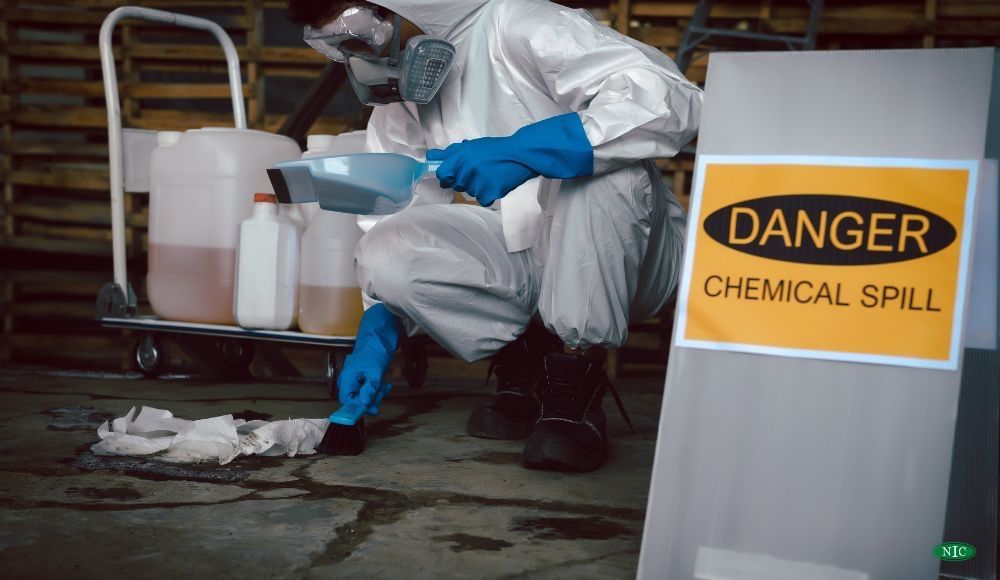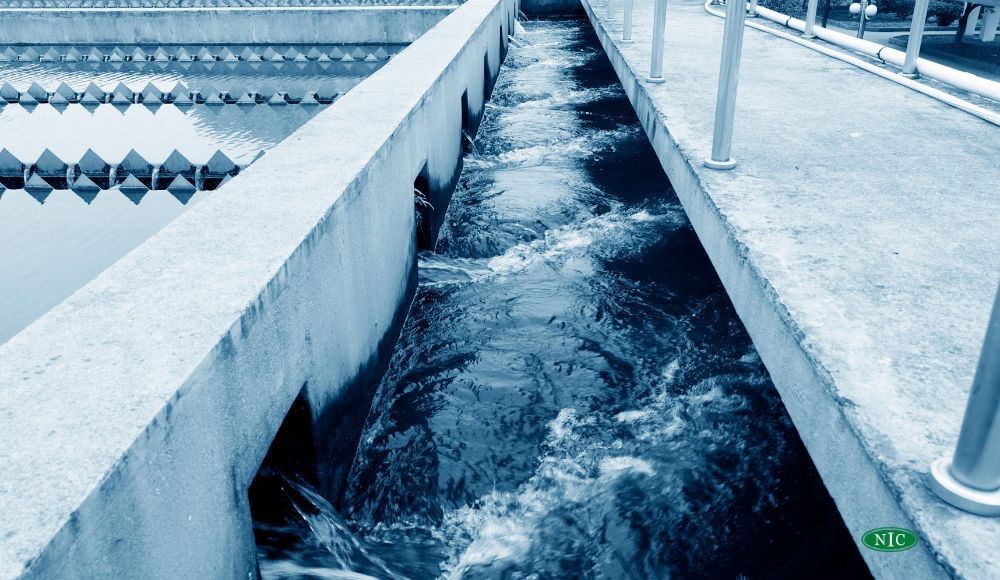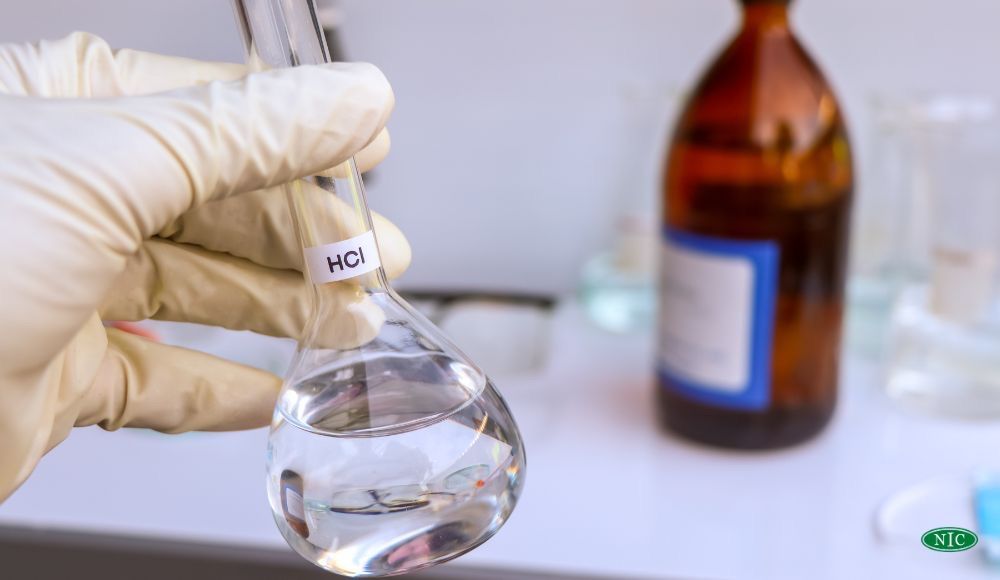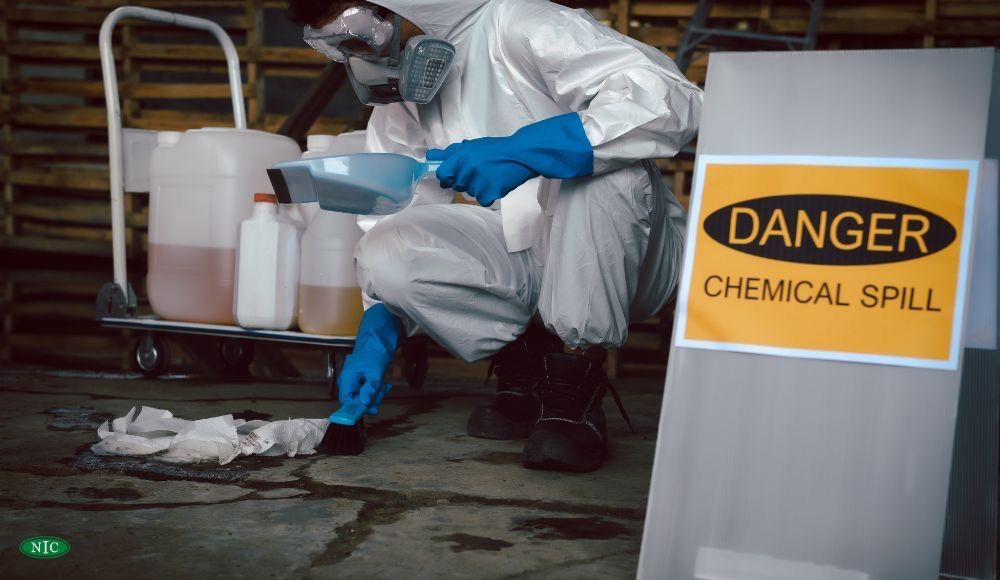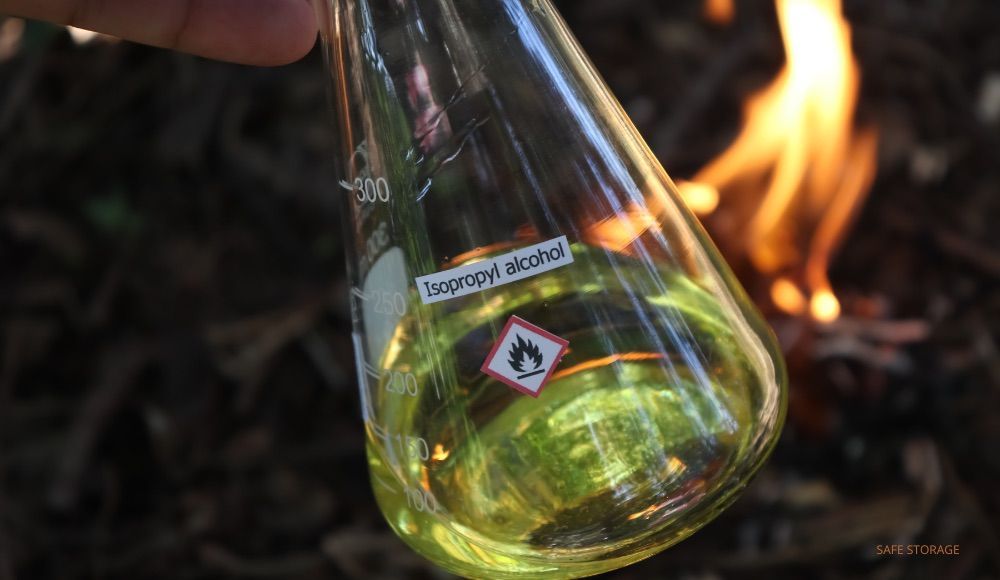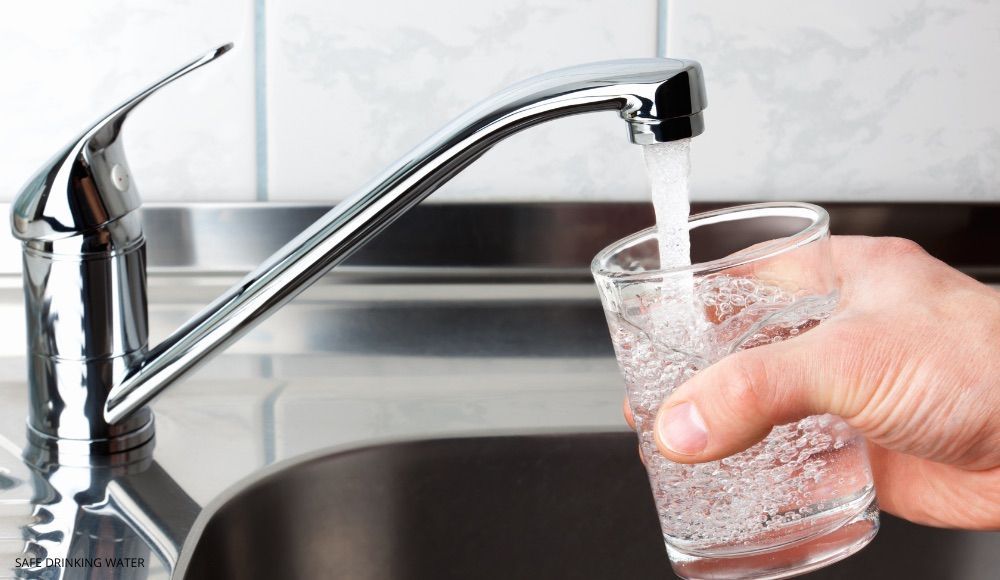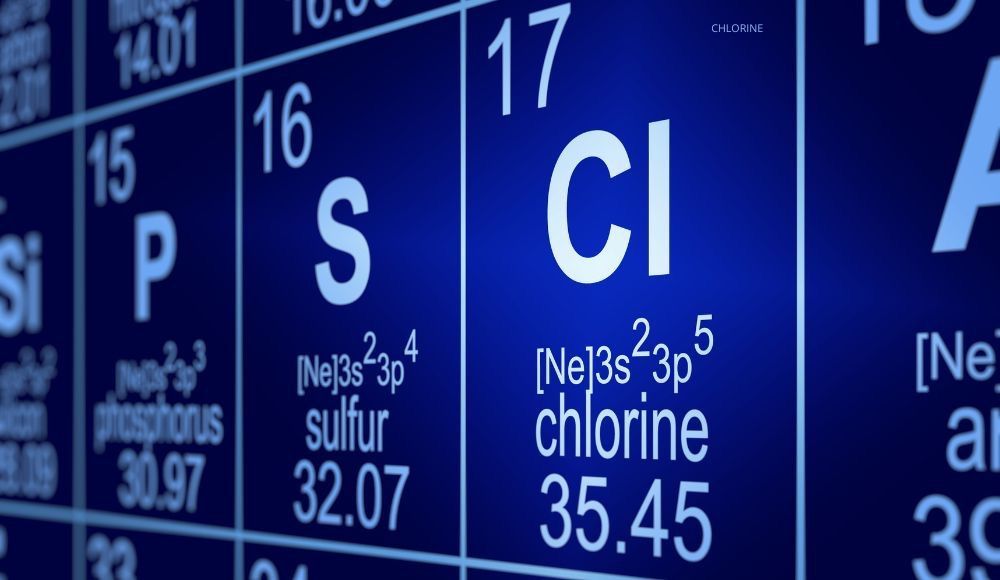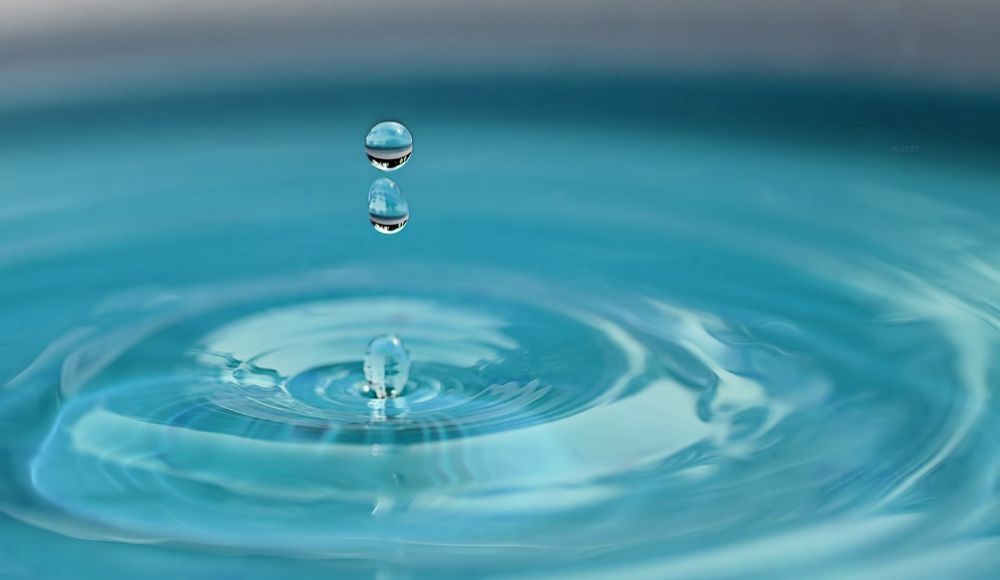What is Borax Made of? Discover the Ingredients of this Versatile Mineral.
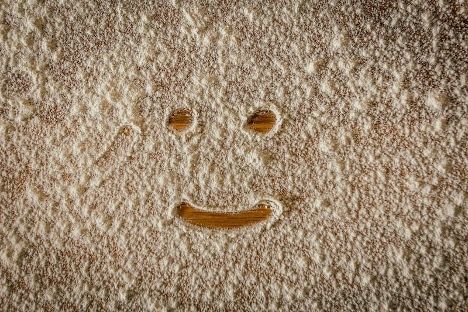
A powdery white substance, borax is also known as sodium borate, disodium tetraborate, or sodium tetraborate. The names are interchangeable and any of them may be used by manufacturers that produce this versatile mineral. The chemical is widely used as a household cleaner as well as a booster for laundry detergent. It is often found in dry lake beds and areas such as California’s Death Valley. Here the water has evaporated overtime and left deposits of minerals behind.
What Are the Uses of Borax?
Borax is used in a variety of household products including:
● Specialist toothpastes
● Mouthwash
● Cosmetics including lotions, skin creams, sunscreen, acne care
● Paint or ceramic glaze
● Herbicides
It is also one of the key ingredients for creating the putty or slime that is a popular toy for young children.
In medical research, the chemical has also been studied to determine whether it can have health benefits when used as a medicine. This includes treating conditions such as osteoporosis and arthritis. However, more research is required to learn the potential medical benefits and if it is an option worth exploring further.
Borax is known to be a precursor for several commercial compounds of boron. The most important of these is arguably boric acid. The compound is widely used as an insecticide.
In biochemistry borax is also used for the product of buffer solutions. It can also be utilized as neuron capturing shields for transportation and safe storage of a variety of radioactive substances.
The chemical even has the ability to serve as an effective flame retardant.
In terms of other industrial purposes borax is used for manufacturing:
● Glass
● Porcelain
● Aircrafts
Key Ingredients in Borax
Borax receives its name for the chemicals that form the compound. This includes boron as well as oxygen. While it is also made of sodium and water, borax is the most important ingredient which contributes to its key properties and the reason why it has so many home and industrial uses.
Sodium helps to keep the compound stable.
Properties Of Borax
The molar mass for anhydrous borax is 201.22 grams per mole. When in standard conditions for temperature as well as pressure borax will remain in the form of a white solid. The melting point or boiling point of this chemical are 743 degrees Celsius or 1575 degrees Celsius respectively.
While there are some studies which suggest that the chemical is not acutely toxic, it is highly toxic to insects. This is the reason why it is often used as an effective insecticide.
Contact Us
Please contact North Industrial Chemicals for more information about borax, or to inquire about our extensive range of industrial chemicals. Our friendly experts are always available to answer any questions or queries that you may have.
